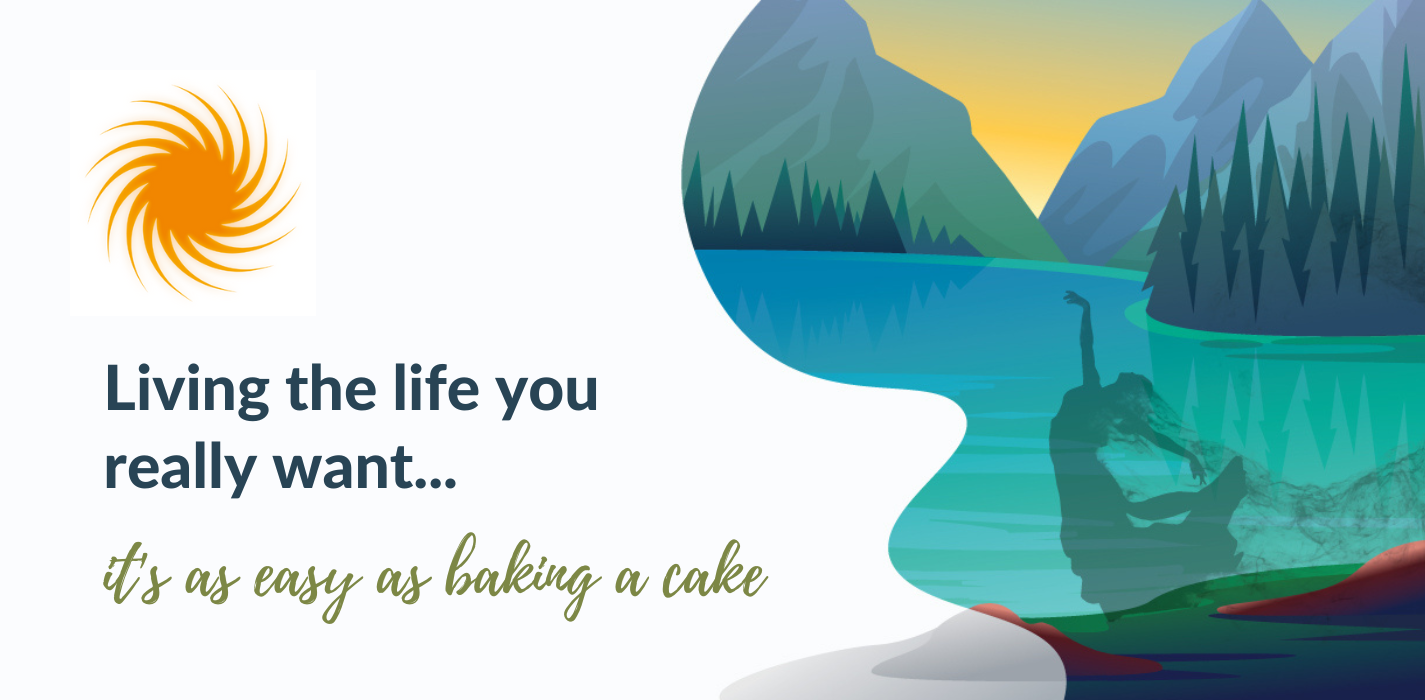Recently, Mr. Dan Evans (DE), marketing strategist extraordinaire, featured me in an interview for his blog. Read on to find the “inner workings” of the GO Girl!
DE: Your title is “Productivity Strategist”. Can you tell me a little about what that entails?
CW: I provide personalized strategies for my clients to help them become more focused, organized and productive. I do this through a course called the GO (Get Organized) System, through One To One Organizing, small group work sessions, and facilitation/coaching. The strategies I teach reflect the client’s unique goals and objectives.
DE: Do you work with corporate clients and groups of employees?
CW: I focus on assisting individuals and small groups. I can and have performed efficiency/productivity assessments at small companies and branch offices (about 5 people). To date, I have not worked with large companies. However, I am set up to do this as a certified GO System trainer.
DE: So, the GO system can be for one person or a large group? Is there a maximum number for a group to ensure maximum effectiveness?
CW: The ideal GO class consists of 10 to 30 people. I have taught classes of “one” person but it definitely works better with several students. My favorite part of teaching this class is the interpersonal sharing between members. In that way, 6 to 15 people make a nice group. To answer your question, there is no “maximum number” of attendees.
DE: What were some of your previous jobs and responsibilities?
CW: Prior to 2009 I spent my entire professional life as a landscape architect. From 1999 to 2009 I was project manager and second in command to the Principal-In-Charge of the company I worked for at that time. I worked with many related disciplines (architects, engineers, etc.) to achieve the desired goal of the client. I presented in front of public boards and sought future opportunities for the company. I’ve worked for local and national government agencies as well.
DE: How did this prepare you for what you do now?
CW: It prepared me for being flexible, keeping processes moving ahead, staying on time and on budget, motivating others, and public speaking/relations.
DE: What do you find most gratifying about your work?
CW: I love to touch a client in a deep and meaningful way; to give the gift of Peaceful Productivity; to watch the chaos that ensues us all begin to melt away. I love to be part of a transformative process where the person shines once again and rises to the very top.
DE: How can you tell when the transformation has taken place?
CW: “The transformation” takes place when the client releases what’s holding him or her back and replaces these old habits with new strategies that serve them better. Some examples are: getting that raise, applying for and being chosen for that new job, taking better care of themselves (physically and/or emotionally), or having the courage to say NO to some prospects in order to say YES to those that fit the new vision.
DE: Are there one or two underlying things that hold most people back from being more productive, or does it vary widely per individual?
CW: It definitely varies, but a large part of the problem lies in our culture. We are Doers. In doing, we hardly let ourselves Be. In Being, the gold that lies deep in ourselves emerges. There is a reason why all the great philosophers hit the desert, the woods, the pond. We need time to think. And our CrazyBusy world frowns on that.
DE: I imagine that some clients respond very quickly to your interaction, and that some require more time to learn and practice good habits and new skills.
CW: By the time a person decides he or she is ready to work with me, that person is committed. Sometimes it takes years to be ready. I met with a woman two weeks ago that I had been communicating with for about 18 months. Finally she wanted me to do an initial three hour session with her. We could not schedule it fast enough.
DE: Do most of your clients have common issues that lead them to you, or do they possess a wide variety of issues and characteristics that make them unique?
CW: My ideal client is a design professional labeled with Attention Deficit Disorder. My background in design is a natural fit for this profession, and those with ADD respond very well to the productivity strategies I teach. Common issues are: Too much email, too many calendars, too many hats/balls to juggle, hating paperwork, being late.
DE: Have you found that adults with ADD respond well to your training? Do they require alternate methodology?CW: Great question. My favorite clients have ADD or AD/HD. These are the movers and shakers of the world; the “out of the box” thinkers. Every person is unique, so I do not have “my training”. Rather, it’s a collaborative process whereby we create a vision together, then set up and/or tweak existing systems to achieve that vision. But it does not end there. Then, the “real work” starts: habit building. To better answer your question, many ADD’ers are “visual”. They respond well to color, like to “spread out” and have the “out of sight, out of mind” mentality. We work together to set up files, for example, that can be easily found by both the client and others in the office who may want or need such a file. Also, it’s important that the space around a person with ADD is clear. Clutter distracts.
DE: Have you ever fired a client?
CW: Yes. When I first started my business, I gained a client who was an older woman who really just wanted a friend and a cleaning woman. When she asked me to drive her to the beach, I knew it was time to part ways.
